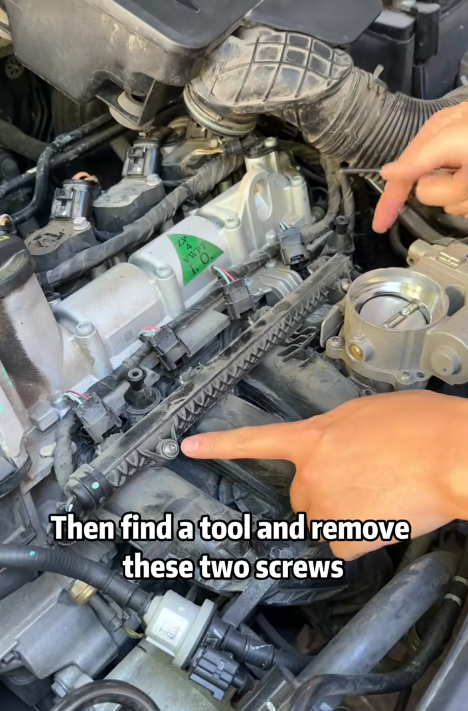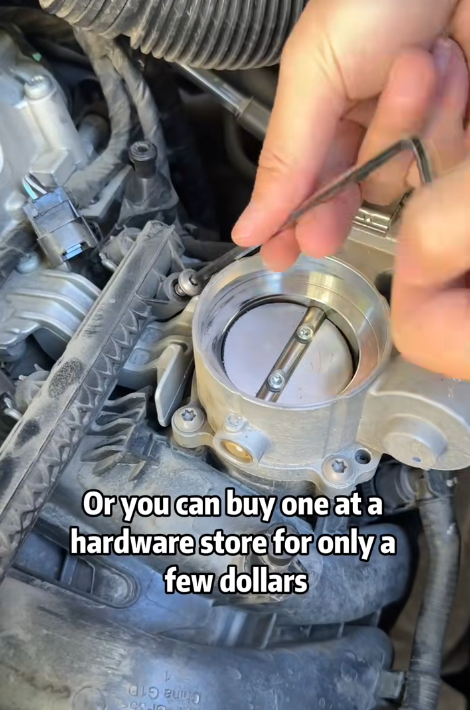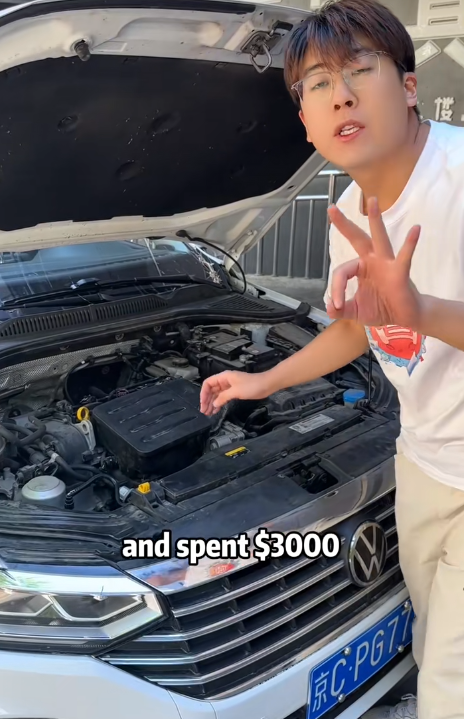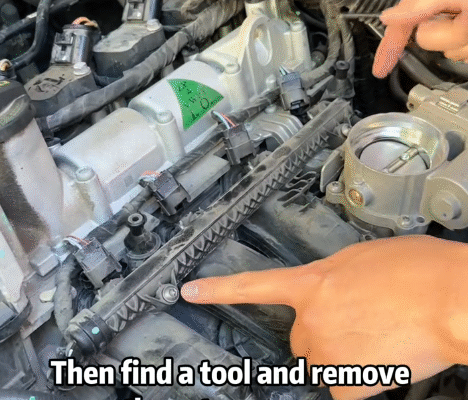
Owning a car brings convenience, freedom, and the joy of mobility. But when it suddenly refuses to start and starts guzzling fuel, that joy quickly turns into frustration. A car that fails to ignite and consumes more fuel than usual is a warning sign—your vehicle is trying to tell you something. Fortunately, you don’t always need a mechanic to diagnose or fix these issues. In many cases, you can identify and even solve the problem yourself with a bit of know-how and patience.

Common Reasons a Car Fails to Ignite
When your car won’t start, it’s not always due to one simple issue. Here are the most common culprits:
1. Weak or Dead Battery
A drained battery is often the first suspect. Batteries lose charge over time, especially in cold weather or if your vehicle hasn’t been driven for a while. Signs of a failing battery include dim lights, clicking sounds when turning the key, or complete silence.
DIY Solution:
Check the battery voltage with a multimeter—it should read around 12.6 volts when fully charged. Clean any corrosion from the terminals and ensure cables are tightly connected. If the voltage is low, try jump-starting your car. If it works, consider replacing the battery if it’s over 3–4 years old.
2. Faulty Starter Motor
If your battery is healthy but you still hear clicking or nothing at all when trying to start the car, the starter motor may be at fault.
DIY Solution:
Tap the starter motor gently with a wrench—sometimes it’s just a stuck gear. If that doesn’t work, the starter may need replacing, which is doable at home with basic tools if you’re mechanically inclined.
3. Bad Ignition Switch
A worn ignition switch can prevent the electrical circuit from completing, leaving your car unresponsive.
DIY Solution:
Turn the key to the “on” position and check if dashboard lights appear. If not, the ignition switch may be bad. Replacing an ignition switch is a moderate DIY job that requires removing the steering column cover.
4. Clogged Fuel Filter or Bad Fuel Pump
If your car cranks but doesn’t start, fuel might not be reaching the engine.
DIY Solution:
Listen for a buzzing sound from the fuel pump when you turn the key to “on.” If you don’t hear anything, the pump may be dead. Also, a clogged fuel filter restricts flow, especially in older cars. Replacing a fuel filter is inexpensive and can usually be done with basic tools.
5. Faulty Spark Plugs
Spark plugs ignite the fuel-air mixture in the engine. If they’re worn or dirty, the engine may fail to start.
DIY Solution:
Remove and inspect spark plugs. If they’re blackened, fouled, or worn, replace them. Always use plugs recommended by your vehicle’s manufacturer.

Why Fuel Consumption Increases
Even if your car starts fine, noticing a drop in fuel efficiency is another red flag. Increased fuel consumption is often tied to the same systems that can cause ignition issues.
1. Dirty Air Filter
An engine needs the right air-to-fuel ratio. A clogged air filter chokes the engine, forcing it to burn more fuel.
DIY Solution:
Check the air filter under the hood. If it’s dark and dirty, replace it—it’s a quick fix that improves both performance and mileage.
2. Under-Inflated Tires
Low tire pressure increases rolling resistance, making the engine work harder and consume more fuel.
DIY Solution:
Use a tire pressure gauge to check your tires monthly. Inflate them to the manufacturer’s recommended PSI (usually found on a sticker in the driver’s door jamb).
3. Oxygen Sensor Malfunction
The O2 sensor helps regulate fuel mixture. A failing sensor causes the engine to run rich (too much fuel), decreasing fuel economy.
DIY Solution:
Use an OBD2 scanner to read trouble codes. If the sensor shows up as a problem, you can replace it yourself with a socket wrench and the correct sensor for your vehicle.
4. Leaky Fuel Injectors
If injectors leak, excess fuel enters the combustion chamber, which wastes gas and can damage the engine.
DIY Solution:
Check for a strong fuel smell, rough idling, or decreased performance. You can clean injectors using fuel additives, or remove them for manual cleaning or replacement.
5. Driving Habits
Aggressive driving, rapid acceleration, and high-speed cruising all contribute to increased fuel use.
DIY Solution:
Drive more smoothly, avoid hard braking, and use cruise control on highways to maintain steady speeds.

Preventive Maintenance to Avoid These Issues
The best way to avoid ignition and fuel consumption problems is to maintain your car regularly. Here’s a checklist to follow:
- Oil Changes: Every 5,000–7,000 km or as specified in the manual.
- Air Filter: Replace every 15,000–30,000 km.
- Spark Plugs: Inspect every 20,000 km and replace as needed.
- Battery Check: Every 6 months.
- Fuel System Cleaner: Add to the tank every 10,000 km.
- Tire Pressure: Check monthly.
How to Stay Safe During a Breakdown
If your car fails to ignite while you’re on the road:
- Stay Calm: Don’t panic. Turn on your hazard lights.
- Pull Over Safely: If you’re driving when it happens, coast to a safe spot.
- Check for Obvious Issues: Look under the hood for loose wires or obvious leaks.
- Use Emergency Gear: Put out warning triangles or cones to alert other drivers.
- Call for Help: If you can’t fix the problem and feel unsafe, contact roadside assistance.

When to See a Mechanic
Some problems go beyond DIY solutions. If your vehicle:
- Repeatedly fails to start,
- Shows persistent check engine lights,
- Or has poor fuel economy despite maintenance,
…you may need professional diagnostics. A mechanic with advanced tools can test sensors, scan internal systems, and repair components that aren’t easily accessible at home.
Conclusion
A car that won’t start and burns through fuel too quickly doesn’t always spell disaster. With a basic understanding of your vehicle and some simple tools, you can solve many of these problems yourself and even prevent them in the future. Keep your maintenance schedule regular, drive responsibly, and listen to your car—it’s always telling you something. Not only will you save money, but you’ll also gain confidence as a car owner, ready to take charge when issues arise.



